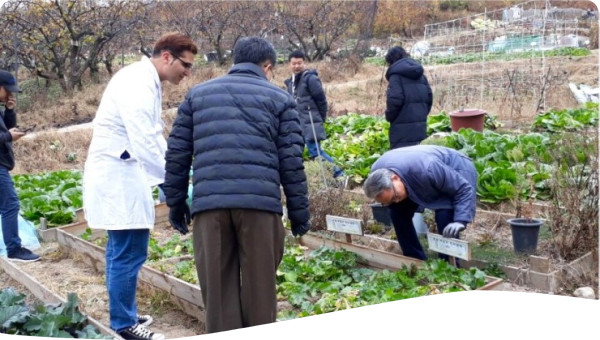In this showcase project, an innovative sanitation system is developed to be promoted as a nature-based solution for problems of adequate access to sustainable sanitation in remote areas. The source-separated urine and feces undergo an onsite treatment process to be recycled and utilized as fertilizer and soil conditioner. The efficiency and sustainability of this system have been proved through scientific studies and field experiments at farming centers located in suburban areas of Seoul. A trained management committee sustained the operation and maintenance of the system. The system performed to be economically beneficial by using locally available resources and recycling sanitary wastes.
The presented nitrifying microorganism-assisted resource circulation sanitation system is replicable throughout the world because it is technologically designed to be profitably operated by producing fertilizer from source-separated urine, which can be especially useful for remote areas with food shortages and/or agriculture-based communities.
